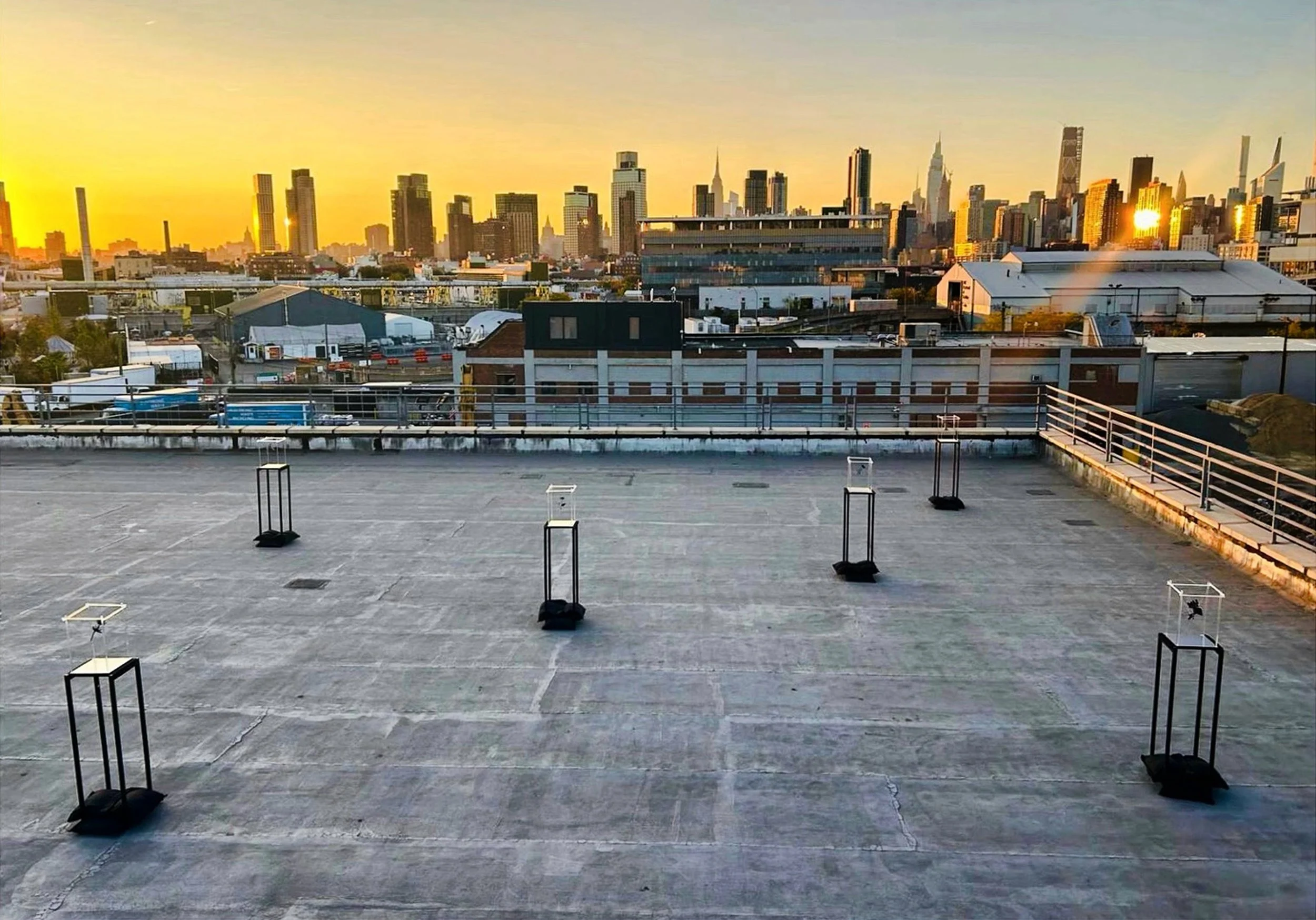High Line Park Is a Good Place to Cry
October 2024, NOoSPHERE Arts, New York Site-specific sculptural Installation
High Line Park Is a Good Place to Cry is a site-specific sculptural installation that comments on The Kingsland Wildflowers project and humanity's efforts to restore and reconstruct nature as an act of resilience. It explores the importance of nature in grieving and processing emotions, as well as the longing for nature in urban environments. In doing so, the installation underscores the close connection between sustainable practices and nurturing our well-being.
The inspiration for this project stemmed from a friend who once remarked, “I like the High Line; I go there sometimes to cry. It’s a good place to cry.” These words became the starting point and inspiration for the project's title and theme: human efforts to restore nature, the importance of natural spaces for emotional processing, the desire to reconnect with the body through nature, and the resilience found in these connections. The sculptural work itself is composed of real flowers encased in pigmented epoxy resin, supported by plexiglass stands, metal wires, and steel plates.
Interacting with nature offers numerous therapeutic benefits, particularly in the context of grief and emotional healing. Spending time in natural environments can help reduce stress and anxiety, improve mood, and foster a sense of calm. Research indicates that exposure to nature can lower cortisol levels, the hormone associated with stress, which is especially important during times of mourning.
In urban environments, access to nature is often limited. In the absence of "real" nature, we are frequently left with a constructed or reconstructed substitute. The nature that is provided is often controlled or shielded, with prohibitions against walking on the grass or interacting with it in any meaningful way. One becomes a spectator of nature, an observer, rather than a participant or a part of it.
This project not only serves as a commentary on the lack of nature in urban areas but also reflects on the historical context of environmental degradation. One significant event was one of the largest oil spills in U.S. history, the Greenpoint oil spill. First noticed in 1978, it is estimated that between 17 and 30 million US gallons (64,000 and 114,000 m³) of oil and petroleum products have leaked into the soil from crude oil processing facilities over several decades. The ongoing cleanup efforts highlight the challenges of restoring polluted areas, and The Kingsland Wildflowers project is a step toward restoring ecological diversity in the area.
The black color of the flowers references the oil spill and the sorrow associated with environmental loss, as well as personal grief. As nature shrinks, the spaces and calmness needed for emotional processing also disappear. While it can be interpreted as a memorial for this specific event, it also invites broader reflection on the destruction of nature and wildlife as a whole.
Thanks to:
Sandeep Bedadala
Sol Kjøk / www.solkjok.info
Noosphere Arts / www.noosphere-arts.nyc


